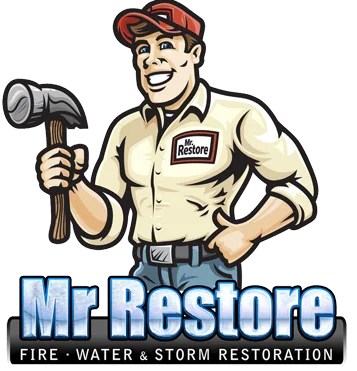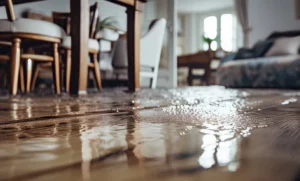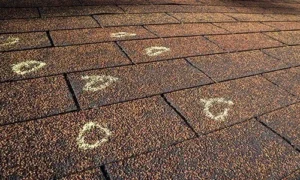Sewage backup not only produces offensive smells, but it’s dangerous and disgusting. Whether it is in a finished basement or an unpolished storage space, the clean-up process is gross since it comprises toxic organic and inorganic matter. Until the contaminants are cleared from the basement, the occupants must evacuate the property, or you risk your health to strong odors and disease-causing pollutants.
Cleaning Up Sewage Backup
When you find yourself dealing with sewage damage in your Dallas, Texas property, fret not. Maintain your calm and resolve the issue keeping the following tips in mind.
CUT OFF ELECTRICITY: After your basement floods with sewage, make sure to cut off its power supply instantly. All the outlets and wiring can present an electrical hazard during this time. If you cannot shut off the power, do not put yourself in danger. Call a specialist.
STOP USING WATER: Continued water usage can aggravate the problem. So stop your washing machine, dishwasher, shower, and sink until you fix the issue.
USE PERSONAL PROTECTIVE EQUIPMENT: If you wish to tackle the problem yourself, stay away from the dangers of sewage in your basement. Wear protective gear with safety gloves, boots, glasses, and a face mask to keep out any gross contents.
DOCUMENT THE DAMAGE: Before cleaning up the contaminated area, make sure you collect enough evidence through photos, videos, and written notes that can help expedite the insurance claim procedure. Proof of destruction will further help you towards replacements or reimbursements.
DISCARD DAMAGED CONTENTS: Separate the possessions that you can clean. Dispose of any belongings that cannot be disinfected or restored.
CLEAN UP: Cleaning up standing water and the accumulated matter is a major project. A few tools can come in handy, including a push broom, bucket, mop, bleach, and wet/dry vacuum. With the shop vac, empty as much waste as you can and make sure to check with the municipality about the disposal guidelines. Now with a push broom, gather all trash in the center for convenient vacuuming. Once you clear all solid and liquid waste and water from the basement, it is time to disinfect the area. It is a crucial step to restrict the germs and infections from spreading.
MOP WITH BLEACH SOLUTION: Thoroughly mix bleach and water in a 5-gallon bucket or as per the manufacturer’s directions. Use this solution to mop the walls and floors of the property and vacuum once again.
MOLD PREVENTION : It is an excellent idea to protect your property from mold and mildew growth. Spray an antiviral or fungicide liquid on fabrics, wood, or organic surfaces, which can be susceptible to mold growth after sewage flooding.
PLACE A DEHUMIDIFIER: Once you carry out the above steps, it is wise to run a dehumidifier placed right in the middle of the basement. You can use it together with box fans for enhanced airflow. Moreover, ventilate the basement well to eliminate foul smells.
REBUILD: If required, carry out repairs or renovations to bring the space back to life. These would depend on the extent of damage and the sewage amount involved.
Contact Us for Sewage Damage Restoration Solutions in Dallas, Texas
If you cannot clean the basement yourself, or the backup is more extensive than you can handle, call a trusted plumber to fix plumbing failures. Also, hire a sewage damage restoration company to eliminate all waste and restore your belongings. They have the necessary tools and expertise to determine a practical action plan and address the problem immediately. At Mr. Restore, we are a certified, trained, and knowledgeable service provider of sewage damage restoration in Dallas, Texas. Contact us for a free, initial, and risk-free consultation and estimates.






